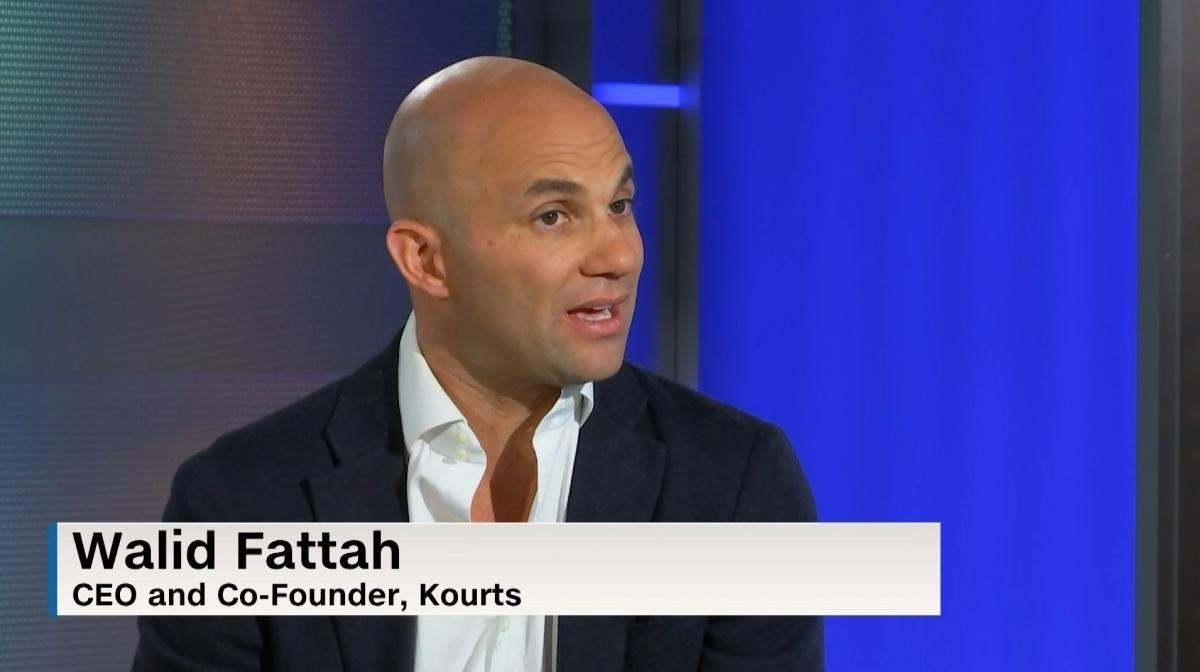 This week we had the honor to interview Walid Fattah, the CEO of Kourts, a leading tech startup in the world of tennis.
This week we had the honor to interview Walid Fattah, the CEO of Kourts, a leading tech startup in the world of tennis.
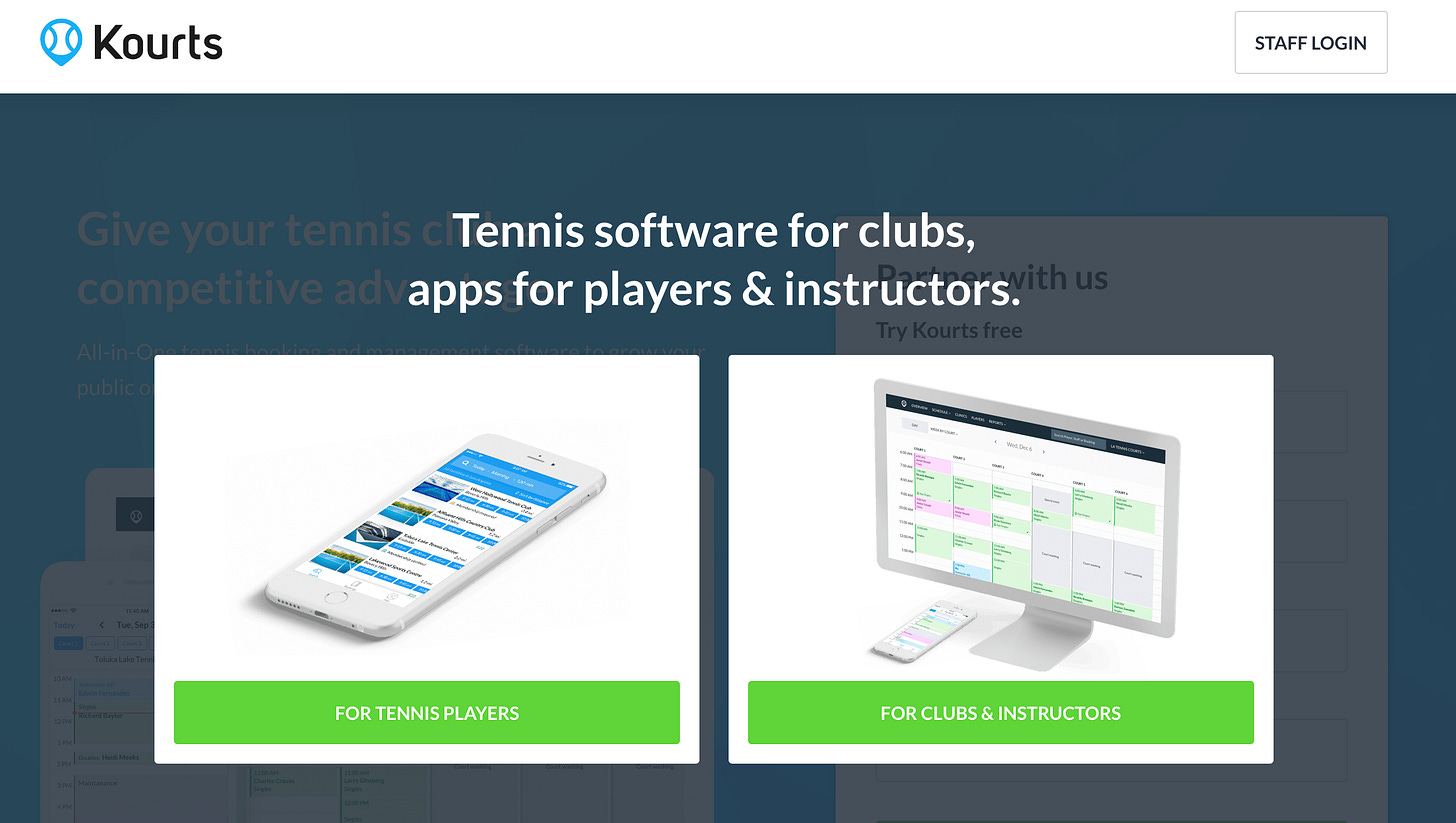 Picture: Kourts’ mobile app and desktop app
Picture: Kourts’ mobile app and desktop app
?Show Notes: Throughout our conversation, we talked about how Kourts got started, how Kourts’ technology helps tennis clubs today, what kind of benefits they get from it, Kourts’ future product roadmap, and what he believes will be the future of AI based solutions for tennis clubs.
?Best Quotes: Here’s some of the key discussion points and best quotes from our conversation with Walid:
- On how Kourts got started: “ I was fortunate enough to live in many different cities and different continents, and I always faced the same frustration of trying to find a tennis court, trying to find a program, trying to find a coach, a player, someone to play with. For me, it was always very, very frustrating (..) IIn 2015, I was living in Dubai. I spent quite a bit of time there working with Credit Suisse. While I was there, a very dear friend of mine who had built the largest real estate portal of the region called propertyfinder.ae, and I shared with him the frustration of the tennis world, and he says, “Walid, in today’s world, with the technology that we have, we can fix all those problems.” I looked at it a little bit deeper. I came to the US thinking that the US would be the biggest market. It was a tech project as well so I thought it was the right place to start this. I did about six or seven months of research to try and understand the demographics of tennis in the US and try to understand how people were addressing all the different issues in tennis (..) this really started on the back of frustration of myself and so many other people that I had heard on how complicated it was to try and find, as I said, anything linked to tennis”.
- On how Kourts is different from other SaaS solutions for tennis: “We also obviously looked at the space and we looked at competitors and no one had built a marketplace like the one we built and still no one has, but there was a lot of those SaaS products out there and we looked at how they were built. It was all very out-dated. It was all very difficult to put settings for a club. For us, that’s when we realized, “Okay. If we want to get more players to play, we need to have the buy-in of clubs,” but then it’s the chicken and the egg because obviously now that we’ve built a platform”.
- On how Kourts is helping tennis clubs today: “We have a marketplace with more than 80,000 tennis players, we’re directing players towards facilities that are on our platform and I’ll give you an example. We’re based in Venice Beach, California, which is one of our biggest markets mostly because we are headquartered here, we are currently in 24 different states in America. We’re only in the US for the time being. One club in particular, which was one of the first four clubs that was on the platform, when they started with the Kourts platform, they had 42% on average court occupancy. In today’s situation, and this is 18 months in, they have more than 72% court occupancy”.
- On how Kourts is helping clubs attract new members: “Interesting enough, and I’ll take the same club as an example because we use it a lot, but that club that currently has about 470 players, 164 players are players that have come through the Kourts app. We know because obviously it goes into the database, and the database obviously shows that this booking came through the Kourts app, and those were not members. A lot of the clubs out there allow non-members to come to a private club but only for clinics, only for programs and classes”.
- On why they decided to build Kourts on mobile first: “At 9:47 p.m., your front desk of your club is closed. Now, the fact that you have the ability of booking at any time, it’s made things so much easier. There are some SaaS products out there, which are web-based, but I always tell tennis players and say, “Oh, why don’t you have something that’s web-based?” I’m like, “Do you have your laptop with you right now?” He’s like, “No, it’s at home,” but that’s my point. Today, everyone is mobile. If you look at when Facebook did their IPO, most of all the traffic on Facebook was through computers, desktop. Today, 80% of all the traffic on Facebook is mobile. I.e. phones and tablets. That’s where the market is today and that’s what pushed us towards that direction”.
- On the new features to be added to Kourts: “Now, let’s say you, Julien, you come to Los Angeles and you’re going to spend three days here and you’re looking for an instructor. Well now, through the Kourts app, what you’ll be able to do is whoever is on the Kourts platform as an instructor, you’ll be able to say, “I’m looking for an instructor. I am in Santa Monica,” and now what the app will do is will show you all the available instructors in Santa Monica at the specific time that you’re looking for (..) The other thing that we’re adding as well, which I think is almost as important as that is player matching. There’s a lot of player matching apps out there, which work great, but the issue they have is they have very little content. (..) As I said, almost 100 thousand players. It’s very likely now that depending where you go, if you use the Kourts app, and if we have player matching, you’d be able to find a player”.
- On how those new features could impact instructors: “It’s going to create more revenue for instructors, it gives them more exposure, and now once we really start marketing the app, it allow players to not have to worry about getting an instructor, getting a court wherever they travel. That’s one thing that we’re adding that’s extremely important”.
- How Kourts could potentially mine the data it is collecting to unlock new revenue opportunities and work with brands: “Well, we could. We’re not so much in that business, but what the data helps us with obviously is we can now tell you the average occupancy rate of tennis clubs per ZIP code, per state, per city, per country soon, but what we can soon do as well, thanks to our point of sale, we can tell you which brand is the most sold at a tennis club because a point of sale has an inventory so you would know if they sell Coca-Cola, if they sell rackets, if the sell stringing, whatever they process through our point of sale.
- How the kind of targeted ads that could be placed inside Kourts app down the road: “Now, in our case, because we know the habits of our players, it is so easy for us to go and say, “Yup. Well, let’s put a banner on all the men adults that play on clay only.” Now, for you, that ad is obviously interesting because it’s relevant just for the sheer fact that you’re an adult male and you play on clay, so when there’s a new pair of shoes that come out, you want to hear about it, but I want to pollute you when that brand comes out with a new pair of tennis shoes for women for hard court because you have no interest in that (..) Again, obviously for us what’s important, we don’t want to pollute our app here. We have many ways of getting revenues. Of course, it’s something that we think of, but we’ll see further down the road”.
- How their future international plans: “We’ve been approached by many federations of many countries and it’s like feeling someone’s giving you a tap on the shoulder when someone like those big federations come to you and they ask about your technology, but I think you need to walk before you run and one of the important points here is we have a very big focus on our customer care (..) That’s why, until today, it’s my role obviously I’ve decided that we need to hold back for as long as we can and continue building our product so that once we’re pretty big in the current market in which we are, it’s so much easier to go abroad”.
- On the size of the US tennis market, which is the largest market for tennis today: “Now, the estimation is that in America, where there’s approximately 18 million tennis players across America. Last year in 2017, about 9.6 million players played on average 39 times last year. That gives you a bit of size of the market in America. What we’ve realized is that the US market represents approximately one fifth of the sales of racket manufacturers. If you just do simple math, that means there’s approximately 100 million tennis players across the world”.
- How AI has become so powerful that it can even predict the players’s next plays: “The other thing that it brings as well is if you were to look at every single match that Roger Federer played against Rafael Nadal just to take them as an example, you could almost predict what each player is about to do on the next shot. That’s all thanks to AI. I think that AI can help you to a certain extent. It won’t allow you to beat Rafael or Roger, I have to warn you, but it definitely will help you understand what’s about to happen”.
- On their future plans: “Obviously, what we’re going to do in the next two years is we’re raising more money right now where we should’ve been pretty successful (..) and we’re going to add more features (..) As I explained, I think one of the important features that will grow in the next couple of years will be player matching.(..)We’re going to go into other countries. A lot of people are asking us about other sports. What we’re going to do is we’re going to branch out into other racket sports, which is the exact same logic as tennis. (..) We’ll be promoting the app within the tennis player community and that’s something that we’re looking forward to”.





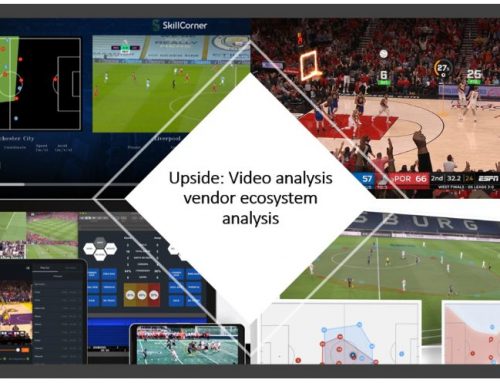
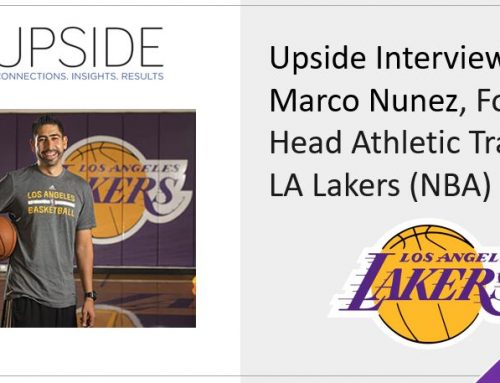
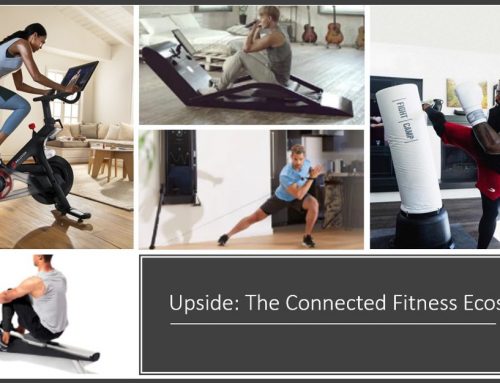
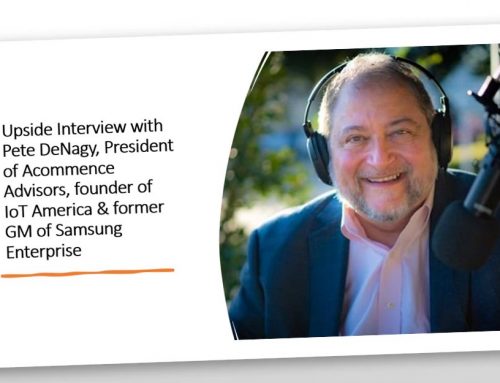
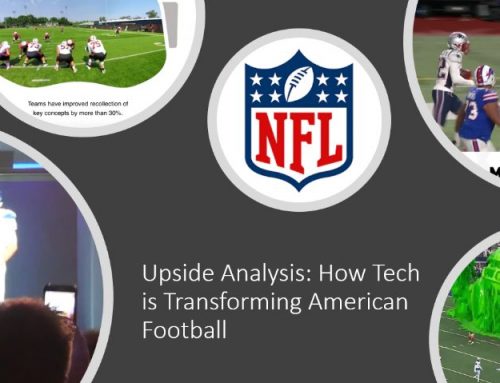
Leave A Comment
You must be logged in to post a comment.